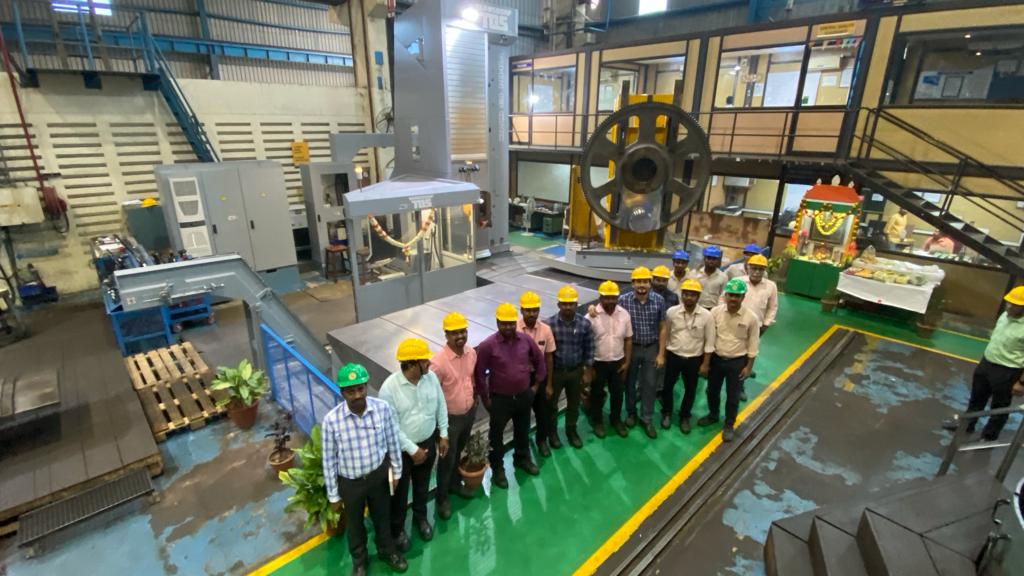The Indian market is becoming increasingly important for TOS VARNSDORF. It offers dynamic growth, vast industrial potential, and unique business customs that often defy European norms. Jan Drusan, responsible for this region, knows what it takes to succeed in a country where negotiations can last for years and where trust often outweighs a signature. In this interview, he shares the experiences that have helped the Czech company thrive – and explains why India holds such a strong position in its global strategy.
Can you briefly describe the role TOS VARNSDORF currently plays in India?
TOS VARNSDORF is a traditional Czech manufacturer of machine tools that has earned global recognition for delivering reliable technological solutions to demanding industrial sectors. In India, we have built a solid reputation by understanding the local market and tailoring both our commercial and technical strategies to its specific needs.

When and how did the company enter the Indian market, and what was the initial motivation?
TOS VARNSDORF has a long history in India. Our machines have been operating there for more than 30 years, making our brand well-established and perceived as premium. In the 1990s, major economic reforms opened the market to foreign companies, including ours. However, the local specifics soon forced us to temporarily withdraw. Around 2010, we opened our own office – TOS India – to tap into the growing potential, but after four years we had to close it due to market complexity and limited local capacity.
After the COVID-19 pandemic, we decided to re-enter the market. This time, we succeeded in finding a reliable local partner, and thanks to India’s gradual modernization and growing openness, we saw significant business growth. Today, India ranks among our strongest and most important markets.
How is India different from the other regions you operate in?
The Indian market is unique in many ways. Most notably, business deals can take not weeks or months, but years. Negotiations are long and complex. There’s also a cultural nuance – when someone says “yes,” it often means “maybe.” This requires great patience and flexibility from any businessperson operating there.
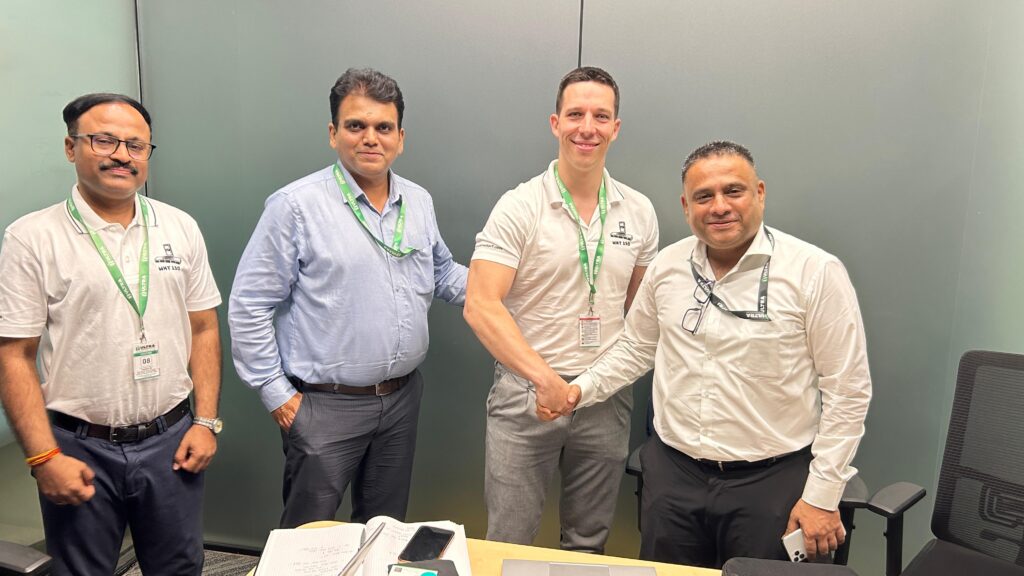
What kind of customers do you usually serve in India? Are they state-owned enterprises, private companies, or international corporations?
We now focus exclusively on the private sector. Our past experiences with state-owned enterprises showed us that bureaucracy and administrative complexity can make deals inefficient and unviable.
Which products are in highest demand in India, and why?
The most popular machines are compact, universal models known for their long service life. Indian customers expect their machines to run smoothly for decades with minimal maintenance. Meeting these expectations is a challenge, but it’s also how we’ve built our reputation for reliability – and we must continue to live up to it.
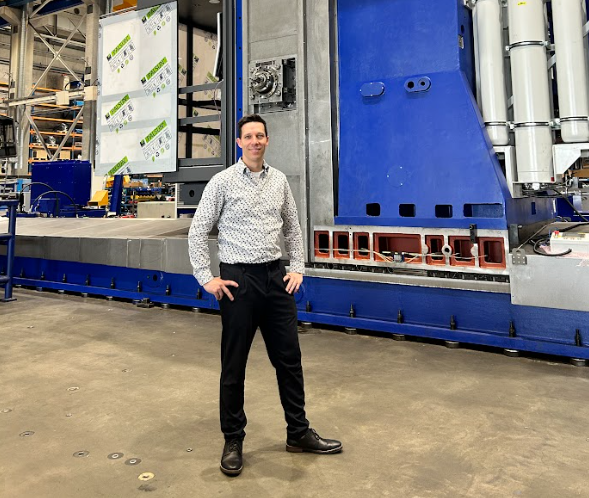
Do you observe interest in digitalization, automation, or remote diagnostics, or is there still a strong emphasis on robustness and simplicity?
Indian customers are generally conservative and slow to adopt change. We often see requests for machine specifications that date back 25 years – because they’ve worked well historically. However, modern trends are gradually taking hold. Some customers are starting to show interest in automation and even robotic solutions.
How is after-sales service and technical support organized in India? Do you work with local partners or operate your own team?
After-sales service is crucial in India. We use a combination of certified local partners who receive regular training to perform both warranty and post-warranty maintenance. Our machines are equipped with remote diagnostics systems, which significantly streamline service coordination. We also invite Indian technicians to our headquarters in Varnsdorf for hands-on training, ensuring they are up to date with the latest technologies. This allows us to provide fast, competent, and reliable service to Indian customers.

What trends do you observe in terms of orders and customer demands?
India is one of the world’s fastest-growing economies. In 2023, GDP growth reached 7.3%, and that has translated into strong demand for our machines. When I took over the market in 2018, we were starting from zero. Last year, we achieved nine orders – a record for our company. Right now, we’re doing particularly well with heavy-duty floor-type machines for the energy sector.
What are the current challenges? Logistics, regulations, competition, or currency fluctuations?
Without a doubt, the biggest challenge is extreme price pressure, which is typical for Asia. Customers often place price above all else and only then consider technical advantages.
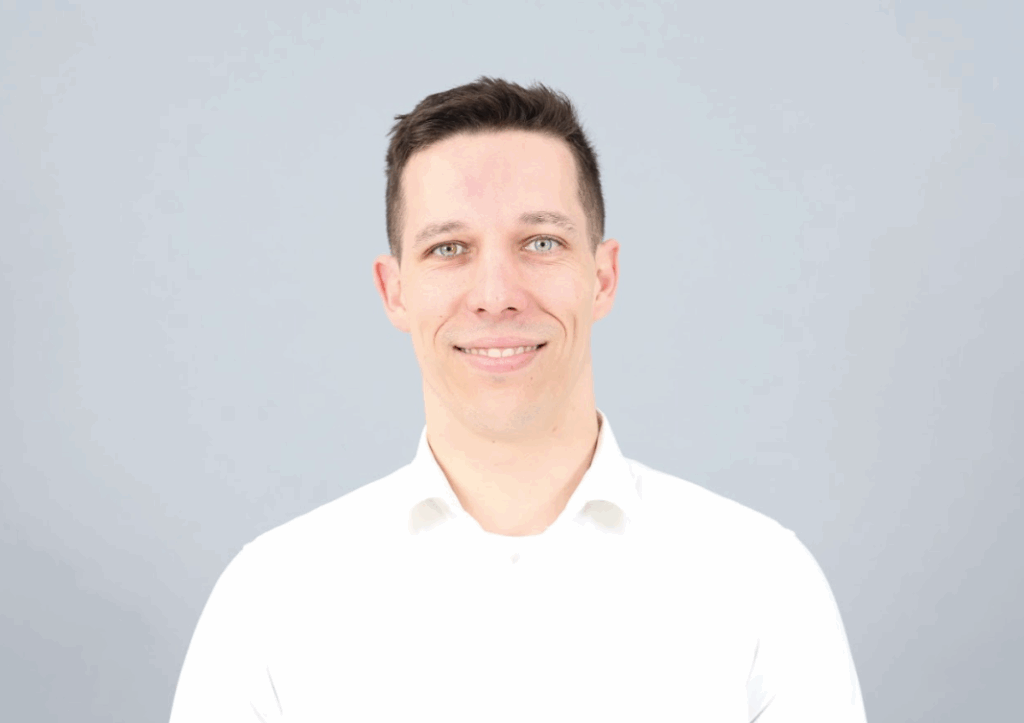
“In India, success doesn’t go to those who push for speed. It goes to those who understand that patience and trust are the real foundation of doing business.” – Jan Drusan, TOS VARNSDORF
What are your business goals for the Indian market in the next three to five years?
Our goal is to stabilize annual sales at around fifteen machines. As part of our long-term strategy, we’re considering localized manufacturing, local warehousing, or even setting up our own branch office. Thanks to our strong reputation, we’re in a position to pursue meaningful cooperation with Indian stakeholders. We’re currently analyzing these opportunities carefully to identify the best way to expand our footprint and improve service delivery in the region.
What do you personally enjoy most about working with the Indian market? And what’s the most difficult part?
What I enjoy most is the diversity. Doing business in India is unpredictable – it’s full of surprises and challenges that keep you alert. You can’t rely on routine; you have to be constantly thinking ahead. Indian partners are excellent negotiators, always seeking maximum value for minimum cost. It’s a demanding environment, but also one that drives both business growth and personal development.
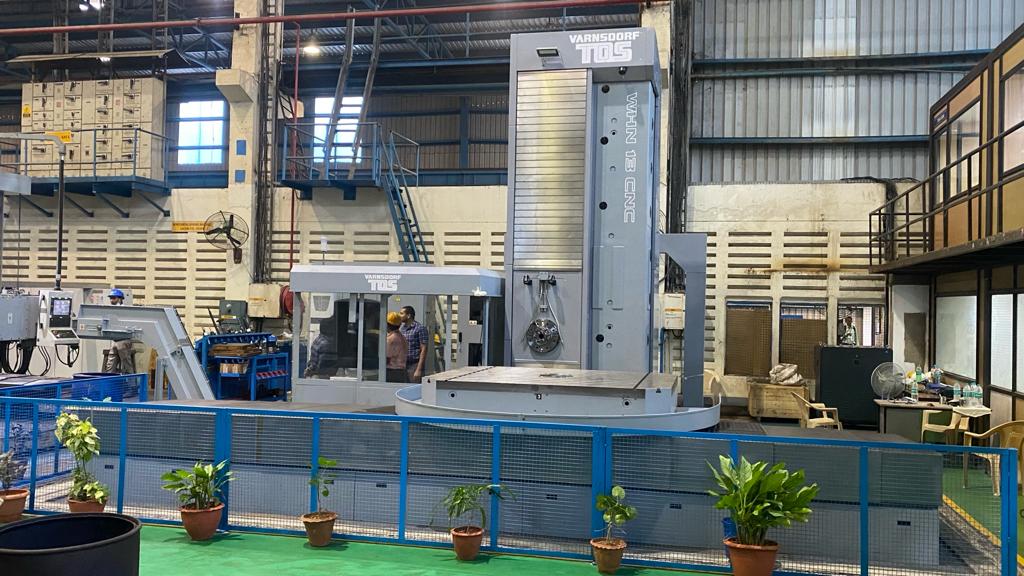
The hardest part is staying calm. Meetings are often long and indirect, with frequent digressions and repetition. From a European perspective, they might seem unproductive, but for Indian partners, they’re an essential part of building trust. Patience is absolutely essential.
Is there a particular moment that best captures the Indian market experience for you – something that would unfold very differently in Europe?
Yes. One thing I’ve learned is that fighting the system doesn’t pay off. India is full of contradictions. The people are friendly, but the rules can be very different. Trying to understand everything is nearly impossible – the key is to adapt. If you adapt, you succeed.
For me personally, India isn’t just another export destination. It’s a space where challenges meet opportunity. I believe that Czech industrial companies willing to embrace local specifics, adapt, and invest in long-term relationships have every chance of succeeding – just like we have at TOS VARNSDORF. It’s a market that demands courage, patience, and consistency. But the results are worth the effort.
Source: Svět průmyslu editorial team
May 28, 2025





